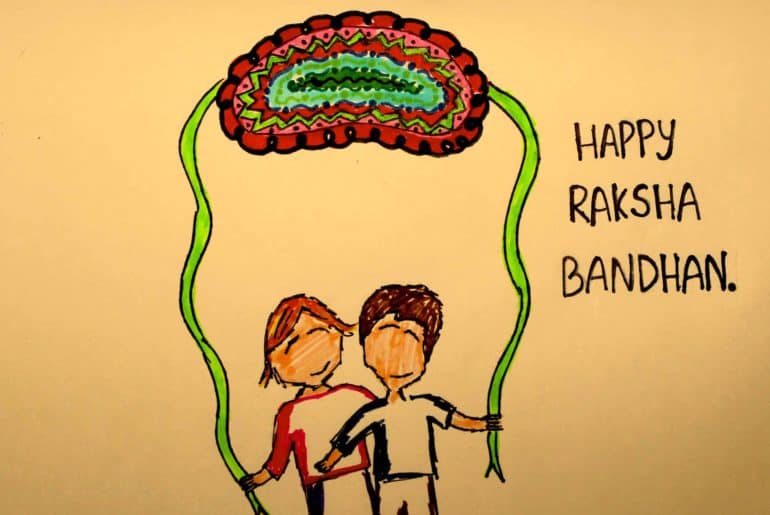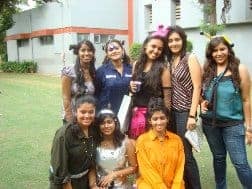Formalise opposition to the semester system
In a general body meeting held last Tuesday, the Delhi University Teachers’ Association formally announced their opposition to the semester system. The Teachers body has reached a unanimous decision and expressed dissatisfaction at not only the consequences this system would have on the education system of the country but also the undemocratic way in which it is being implemented. Besides, the vice chancellor’s open addressal, very little communication has been made to the teachers regarding this issue. The irony of the matter is that within a month of introducing the system, Professor Pental’s tenure as the vice chancellor of the university shall terminate, leaving his successor with the onus of implementing the system and tackling the numerous problems that DUTA feels are sure to arise out of it.
Says DUTA Secretary ,DR. Dinesh Adlakha, on the outcome of Tuesday’s meeting. “We shall hold dharnas at the colleges and also a massive dharna at the VC’s office. Also we would take help of our students in opposing this change as this is going to affect them the most. We seek to make the civil society at large aware of the problems of the student with the proposed change.
Let me make it very clear that the teachers’ workload or their vacations will not be affected at all by this change to the semester system. Our vacations also are not going to be affected in any way. So the fight is not for the vacations but the inherent problems of the semester system in big universities like Delhi where the number of students is so large that the system cannot work at all. This internal assessment system at colleges is an example to strengthen our argument.
This attempt of the UGC to have a uniform calendar in the central universities all over the country otherwise also is a retrograde step as the weather and climatic conditions in this country are extreme in different parts of the country. Such a step is going to be counter productive.”
Considering the urgency of the matter, it is projected that the dharnas would commence in the month of August itself. Being proposed on the recommendations of the knowledge commission , students and teachers alike have expressed skepticism at the system’s supposed success in homogenizing education within Delhi university .This theory is however debunked if one considers the UGC and the NKC ‘s recommendation of accreditation of colleges.
A comprehensive but detailed critique, countering the Vice Chancellor’s reasons for implementing this semester system has been made available by the association. Turn to page three for a synopsis of this report.
In an unprecedented move the Vice-Chancellor is attempting to introduce a major systemic change through the semester system at the under-graduate level without even so much as a committee of the University of Delhi having deliberated upon the issue. Obviously, he has precluded any scope of open debate on the subject. It is an issue with far reaching implications for the entire university system involving evaluation system, course structures and their contents, pedagogy, and the academic calendar including vacations. It is remarkable that the proposed change is being attempted to be introduced without even a semblance of framework for it. The proposal has come from outside the university in the context of globalization of higher education and the Vice-Chancellor is facilitating its mindless application. He has taken an arbitrary decision to implement it from 2010. It is meant to integrate the University of Delhi within the global market economy.
(opening statement of DUTA’s report on the semester system)
Semester system: An overview
Evaluation System and its implications
The switch over to the semester system would necessitate two set of examinations being conducted in the year, one in November -December , the other in April. If the examination were to be conducted by the university, it would be totally chaotic given the university’s inability to declare results even of a single annual examination on time; results are never ready before the reopening of the university after the summer break.
If the examination is to be conducted by the colleges themselves, the system would be replete with dangerous consequences for the evaluation system and the consequent gradation of colleges. It would undermine uniformity in the evaluation system and thereby introduce variation in the value of degrees so obtained by students. Inherent within the college evaluation system is the gradual gradation of colleges into a multi-tier system, which has been the agenda of privatization of higher education for more than two decades. The teachers’ movement has been consistently resisting this move.
Furthermore, the system of house examinations would have to go, thus students lose out on practice and feedback that they get out of the existing internal system.
Implications for Courses of Study
If the semester system were to be applied to the existing course structures, they would have to be artificially bifurcated into two halves, which is neither viable nor desirable. Contradictory to the idea being floated by the V.C, the exam load per session would hardly reduce, either for students or for the teaching faculty. To finish the 100 mark papers of 5 units per semester the frequency of lectures conducted will have to be doubled as well.
Many professors feel that this would adversely impact learning / teaching processes besides creating serious pedagogical problems. It would make it extremely difficult to impart/study fundamentals of any subject under the system of double examination pressure. It would also undermine the entire teaching system at the undergraduate level.
If new course structures and content are to be devised in a meaningful manner, a gigantic effort involving hundreds of courses of study and dozens of disciplines would be required.
Semester System and Interdisciplinary Approach
The Vice-Chancellor’s statement that the semester system would encourage interdisciplinary studies is to substitute the evaluation system for the course structures and their content. Interdisciplinary approach does not follow as a necessary corollary of the semester system. Nor are interdisciplinary and annual examinations necessarily mutually exclusive. Interdisciplinarity depends upon content of courses and their structures. If required it can easily be provided under the existing annual exam system.
Also as Mrs. Harriet Raghunathan , an English professor, at Jesus and Mary college points out in her detailed analysis of the semester system, BA students have plenty of interdisciplinarity in their 5 new concurrent courses or their B.A. programme foundation and application courses all of which run for a full year.
For whom is the system being made globally viable?
It has been suggested by the Vice-Chancellor that through global compatibility, the semester system would lead to free movement of students, both Indian and foreign. Such a move would enable foreign students, to avail of a semester of study at much lower costs in India while given the prohibitive cost of education abroad, it would be exceedingly difficult for Indian students to take advantage of the same. Furthermore, several European countries do not have the semester system.
It is also felt that at the behest of external agencies if the system is applied to Delhi University, it shall not be very conducive to the academic growth unlike the cited examples of the post-graduate courses/universities or single institutes where student-teacher ratio is higher. This would lead to gradual erosion of the existing system in the university. It would mean back door entry for autonomous colleges. It would merely facilitate the coming and functioning of foreign private universities in India, even segregating the correspondence courses from the main stream of Delhi University. There is a more pressing urgency to strengthening and optimizing existing structures before introducing any systemic changes.
(This article has been written on the basis of DUTA’s report titled”
Critique of the Vice-Chancellor’s proposal on the Semester System” and invaluable excerpts provided by Mrs. Harriet Raghunathan, Reader, Jesus and Mary college)








 Debating in Delhi University is very different from debating at the school level. The main difference stems from the existence of Parliamentary Debating.
Debating in Delhi University is very different from debating at the school level. The main difference stems from the existence of Parliamentary Debating.